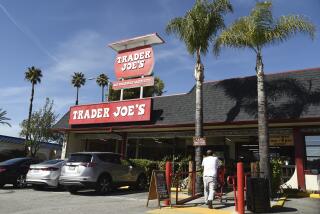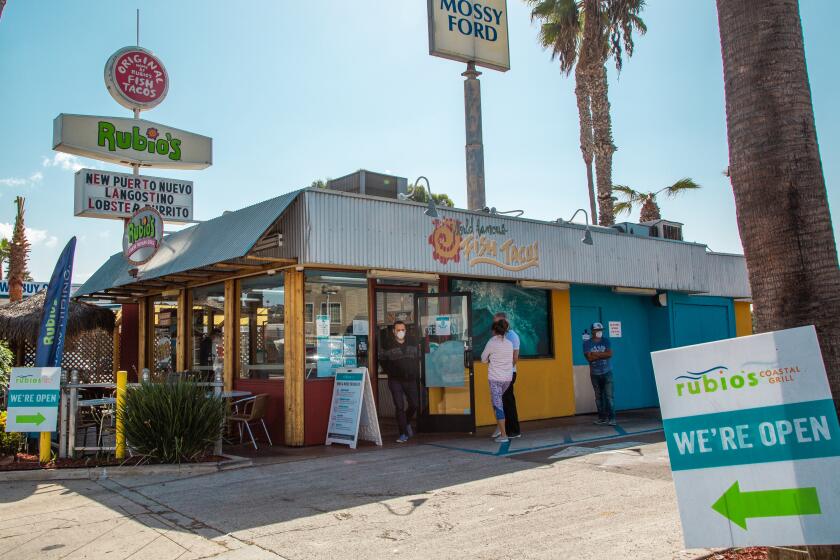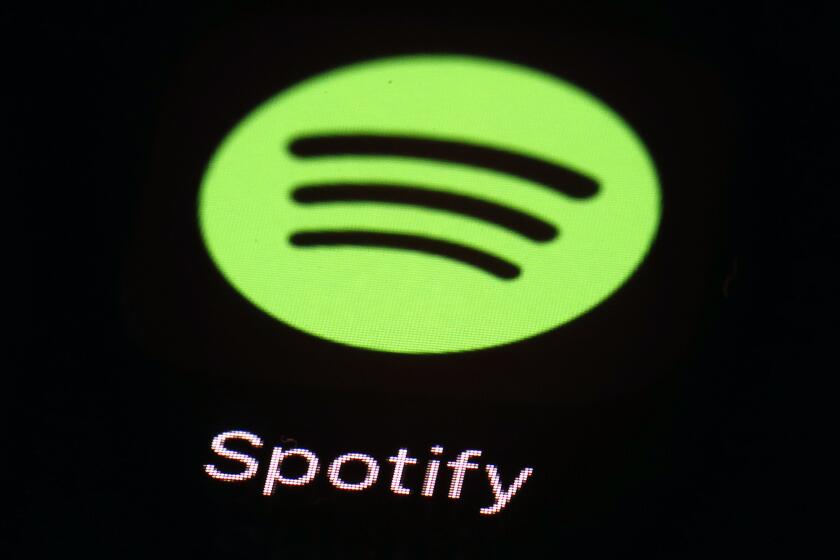Lack of negatives equals a big year
Oil didn’t get to $100 a barrel, General Motors Corp. didn’t file for bankruptcy protection and 9,000 hedge funds couldn’t do enough dumb things to bring down the financial system.
Oh, and there was no bird flu pandemic, no devastating Atlantic hurricane, and no Federal Reserve interest-rate hike in the second half of the year.
The list of this year’s financial market highlights is dominated by what didn’t happen.
The non-events helped give Wall Street the confidence it needed to power ahead in 2006. As the year ends, major U.S. stock indexes are on track for their best gains since 2003, with the blue-chip Standard & Poor’s 500 up 13% through Friday.
There also was plenty of good news to go along with the absence of bad news: The global economy continued to expand, corporate earnings kept growing and long-term interest rates fell in much of the developed world in the second half.
Here are some of the 2006 market memories that will linger:
* Failure was not (much of) an option. GM stock began the year at $19 a share, near its lowest level since 1982, as many on Wall Street figured the ailing auto maker was bound for bankruptcy. But GM is still afloat. And guess which stock in the Dow Jones industrial average has posted the biggest percentage gain in 2006? With four trading days left, GM’s shares are up 51% on the year.
Although the Fed, the European Central Bank and the Bank of Japan were tightening credit in unison in the first half -- a good recipe for market trouble -- financial accidents just didn’t happen the way some pessimists dreamed.
Default rates on corporate junk bonds worldwide remain near all-time lows. The mushrooming derivative securities market (futures, options, interest-rate swaps and the like) again didn’t live up to the “weapons of mass financial destruction” moniker detractors have given it. And there were few notable casualties among hedge funds, whose go-anywhere investment approach is an invitation to mischief.
To be sure, the housing market has stumbled, as evidenced by rising mortgage defaults. But there has been enough strength in the rest of the U.S. (and global) economy that most individual, corporate and government borrowers are making good on their obligations, which in turn has helped keep stock and bond markets in clover.
* Risk, which used to be a four-letter word, has become merely a quaint concept. One natural result of the lack of financial hiccups is that many investors have become more emboldened. The mind-set has become, “If I haven’t lost money yet, maybe I never will.”
The problem is that, as stock and bond prices have been bid up, the “risk premium” has shrunk or disappeared in many corners of the world’s securities markets -- meaning, your potential return seems unlikely to compensate for the risk you’re taking at these levels.
But that’s what investors were told a year ago about junk bonds. Those who listened forfeited a return of nearly 10% on the average junk bond mutual fund this year.
The Russian stock market surged 686% from 2001 through 2005. Too much? Evidently not. It’s up 65% this year, after recovering fully from the short-lived spring dive in stocks worldwide.
The more investors win, the less cautious they become.
On Wall Street, an index that measures expectations of future stock market volatility hit a 13-year low this month, which suggests that “investors believe the good times will last to perpetuity,” says David Rosenberg, an economist at Merrill Lynch & Co.
But there’s also an air of desperation in the hunt for decent returns. The relatively low level of interest rates means that playing it safe nets you little -- about 4.6% a year in interest on a 10-year U.S. Treasury note.
That may only feel like a fair return when every other investment is deep in the red.
* Reversal of fortune: What’s bad for hard assets is good for stocks and bonds. Some investors had little use for stocks or bonds in the first half of this decade. What was the point, when your home was the best investment going?
For many hedge funds and other big players, commodities were the hot ticket from 2002 to 2005. After a two-decade bear market in things like oil and copper, their prices rocketed, fueled in large part by China’s boom.
But everyone now knows that the sky really wasn’t the limit for home prices. And ditto, it seems, for prices of many commodities.
Crude oil peaked at $77 a barrel in July, and now is at $62.40. That is only a sliver above where it ended last year. Copper, at $2.83 a pound, has tumbled from a record high of nearly $4 a pound set in May.
Rotten timing: The “Commodities for Dummies” investment primer is just hitting bookstores this month.
Actually, some commodity markets still are riding high. But it can’t be a coincidence that as air has come out of the hard-asset bubble, stocks and bonds are having a much better time.
* In central bankers we trust. The U.S. stock market has been gleeful because it believes that the Fed has achieved its stated goal: a “soft landing” for the economy, meaning a slowdown that will rein in inflation without threatening recession.
The Fed keeps warning that it may not be done raising short-term interest rates. In recent weeks, some data have raised the opposite concern -- that the economy might fade too quickly.
Wall Street hears what it wants to hear, which is, “We’re having a soft landing, period.” Since mid-year, stocks are way up, bond yields are way down.
European markets also have shown enormous faith in their central bank this year. The European Central Bank has continued to tighten credit even as the Fed has gone on hold since June. Yet an index of German business confidence hit a record high this month. And a Bloomberg index of 500 European blue-chip stocks is near a six-year high.
The Fed and ECB have made money more expensive, but not all that expensive. And there’s still plenty sloshing around worldwide, looking for action.
The old analogy is that central banks take away the punch bowl just as the economic party is getting good. Markets seem certain that the bowl is staying -- and that it’s half full rather than half empty.
* You can’t shock us like you used to. The year’s big corporate scandal was the revelation that executives at hundreds of companies have for years engaged in “backdating” of their stock options: They cherry-picked the option exercise prices, in some cases hunting on the calendar for the day when the stock was at its lowest for a given period.
That gave many executives built-in gains on the options, as opposed to pricing them on the day they actually were granted by company directors.
The scandal demonstrated, once again, that no amount of money could ever be enough for America’s top executives.
Scores of officers have quit or been fired as a result of backdating allegations. Many companies have been forced to reduce prior earnings to account for the extra compensation of the rigged options. The Securities and Exchange Commission and the Justice Department have only begun to bring charges.
Shareholders of the companies involved have lost $100 billion in market value as many of the stocks have fallen on the news, a recent academic study estimated. But unlike the Enron-era wave of scandals in 2002, this one hasn’t been enough to bring down the market as a whole.
Are investors more discerning about this kind of thing -- or is it that they simply aren’t all that surprised anymore by cheating executives?






